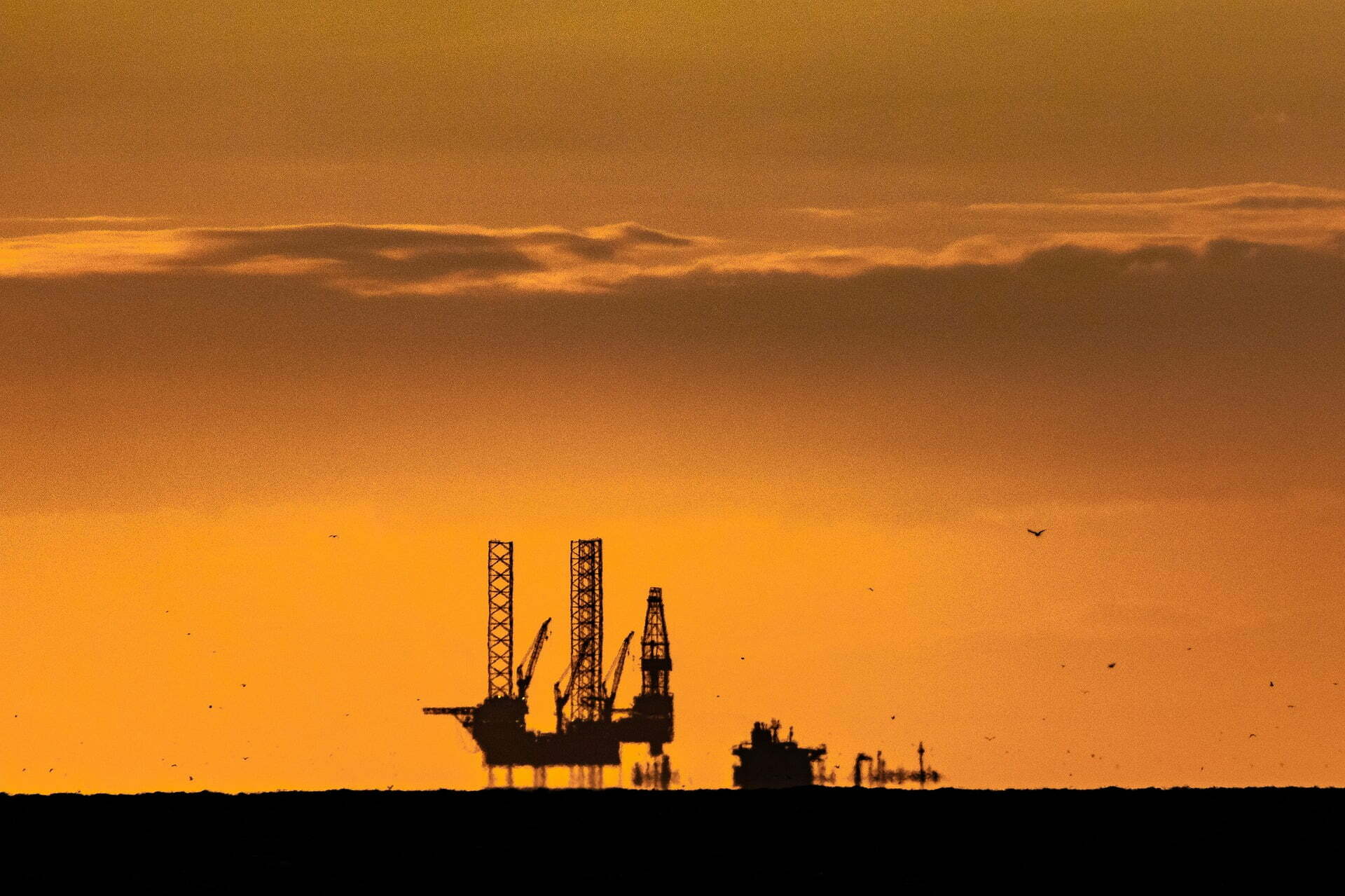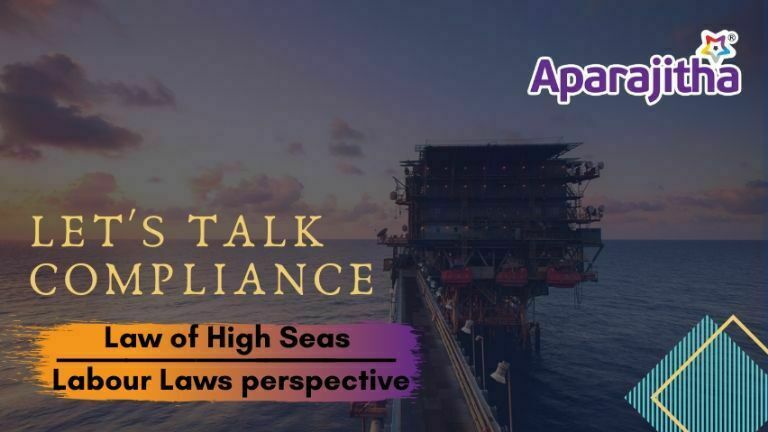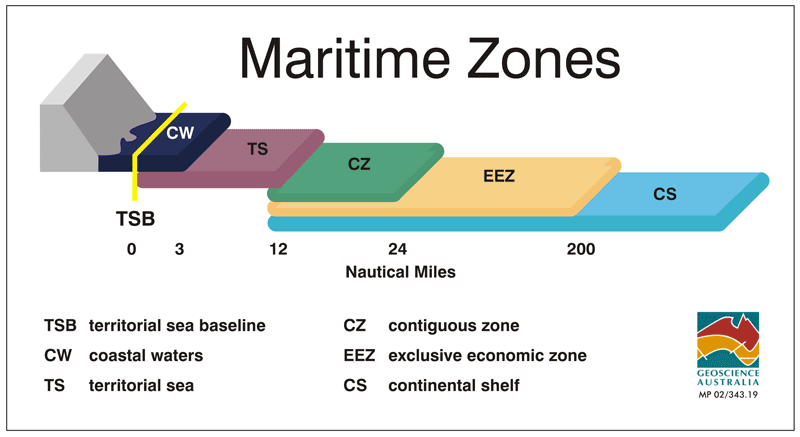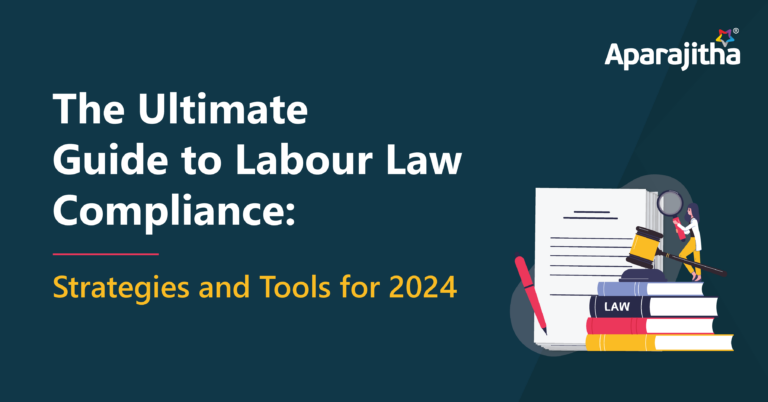Introduction: We are living in an era of rising expectations from people and increasing consumerism. This has paved the way for business expansion beyond land borders and, many companies have ventured into the sea to tap the natural potential and convert this into business opportunities. Until a few decades ago, there were no national or international laws governing these business activities in the national and international waters (sea) and, the will of the mightier was ruling the roost in the ocean. Many developed countries exploited the natural potential to their advantage, leaving other countries as mute spectators.
One of the most important natural resources has been Crude Oil which is otherwise also called Liquid Gold. A country’s economy and industrialization are mainly based on the availability of Crude Oil. Rising international disputes on navigation, the discovery of petroleum and natural gas led to many problems. As the business activities expanded into the sea, it was imperative to have some regulating laws for governing the economic development in the vast Indian sea belt. Many countries demanded UN laws govern the oceans. 
In this context, this article enumerates the International law of high seas and Indian laws to know the demography of India and how far the Indian Government can exercise its sovereign rights, most importantly, the applicability of Indian Labour Laws to the offshore Oil Platforms. This article also gives a brief account of the Minimum wages to be paid to the person working in the Oil platforms and employee-related compliance for the persons engaged in the Indian waters.
The UN and Indian Laws on High Seas: The first Geneva Conference of the United Nations on the Law of the Sea was held in 1958. Four conventions on the territorial sea and contiguous zone, high seas, fishing and conservation of living resources of the high seas and continental shelf were adopted. 86 states participated in it. The second United Nations Conference on the Law of the Sea was held in 1960. Its aim was to establish a uniform width for territorial waters around the world but no agreement was reached. Third United Nations Conference from 1973 to 1982 which unusually lasted for a long time in the history of UN was dedicated to the development and introduction into international practice of norms and rules on the use of the World Ocean resources and “rules of conduct” in the Ocean. The conference was successful and resulted in UN Convention on the Law of the Sea of 1982 (UNCLOS) which is unique in having a universal character. The Convention came into force on November 16, 1994. Initially, 119 states were signatories to it. Indian Parliament ratified in June 1995. Russia ratified it in February 1997 and there are now 162 parties to the convention including the EU. The USA is yet to ratify this in-spite of being a supporter in the framing stages. The Territorial Waters, Continental Shelf, Exclusive Economic Zone, and other Maritime Zones Act, 1976 was passed by the Indian Parliament.
Different Maritime Zones: Both Indian and UN Laws have defined various maritime zones which are very important in the context to know the control that can be exercised by the Country in the waters. Measurement of maritime distance is always done in the nautical mile and one nautical mile is 1,852 meters or 1.852 kilometers. In the English measurement system, a nautical mile is 1.1508 miles or 6,076 feet.
Baseline: Line from which the seaward limits of a State’s territorial sea and certain other maritime zones of jurisdiction are measured. Normally, a sea baseline follows the low-water line of a coastal State. When the coastline is deeply indented, has fringing islands or is highly unstable, straight baselines may be used.
Territorial sea or water: Waters that form a belt around the land that is up to 12 nautical miles wide (22.22 KM). Part of a State’s territory and directly under its sovereignty.
Contiguous Zone: Adjacent to a state’s territorial sea. May extend up to 24 nautical miles (44.44 KM) from the state’s baselines. A coastal state does not enjoy the sovereign rights and prerogatives it possesses in its territorial waters. The state can have a degree of control necessary to prevent violations of its customs, fiscal, immigration, or sanitary laws and regulations within its territory or territorial sea and punish any such violators accordingly.
Exclusive Economic Zone (EEZ): Area beyond and adjacent to the territorial sea. May extend up to 200 nautical miles (370.4 KM) from the State’s baseline. In its EEZ, a coastal state exclusively possesses numerous sovereign rights for the purpose of economic and scientific exploitation of natural resources. However, other states still enjoy the freedom of navigation and overflight in these areas. Vessels are subject to the jurisdiction of their flag state in all matters except those that fall within the coastal state’s exclusive jurisdiction. In exercising their rights in the EEZ, both the coastal state and other nations are required to have “due regard” to the rights of one another.
Continental shelf: Area that extends beyond the territorial sea of a state, to either the outer edge of the continental margin or to a distance of 200 nautical miles from the state’s baselines, whichever is greater. The rules that apply to the construction and operation of offshore platforms in the EEZ also apply to such platforms on the continental shelf. It is a submerged border of a continent that slopes gradually and extends to a point of steeper descent to the ocean bottom.
High seas: It means all parts of the sea that are not included in the territorial sea or the internal waters of a state. The high seas being open to all nations, no state may validly subject any part of them to its sovereignty. All states possess freedom of navigation and overflight and the freedom to construct offshore installations.
Offshore platforms: The construction of, artificial islands, installations and structures such as rigs for drilling oil from the seabed. The coastal state will then have exclusive jurisdiction over any such offshore platforms, pursuant to which it may take measures—such as the establishment of safety zones—to ensure both the safety of the platform itself and the navigability of its surrounding waters.
India would need more crude for domestic requirements leading to more thrust from the government on exploration. A majority of Indian hydrocarbon reserves are located in the offshore region. The spotlight in India has been shifting towards intensification of exploration in the offshore region. The length of the coastline of India including the coastlines of the Andaman and Nicobar Islands in the Bay of Bengal and Lakshadweep Islands in the Arabian Sea is 7517 km. The length of the Coastline of the Indian mainland is 6100 km. The concentrated offshore operation initiatives have been creating additional demand for drilling services. India opens large opportunities for service providers in the offshore oil & gas sector.
Applicability of Indian Contract Labour Laws: According to the current international legal classification of maritime areas, the Ocean is divided into three legal categories:-
⦿ Maritime areas: being an integral part of a coastal state’s territory within the limits of its sovereignty (internal waters, territorial seas)
⦿ Areas, which are not included in the coastal state territory, but are under its jurisdiction (exclusive economic zone, contiguous zone, continental shelf)
⦿ Areas under neither sovereignty nor jurisdiction of any state (high seas)
With the above statement, it is understood that Indian Contract Labour Laws would be applicable to the offshore activities being carried out in territorial waters only as India has the sovereign rights up to territorial water limits i.e., up to 12 nm.
The Mines Act 1952 is the regulatory Act that is applicable to offshore platforms situated in Territorial Waters since natural gas and petroleum are oil mineral and excavation of mineral is known as mine as per the definition of Mine in the Mines Act, 1952 (Section 2-j). “Minerals” includes natural gas and petroleum as per Section 2-jj).
As per the Oil Mines Regulations, 1984, “Oil Well” means a well which is producing or is capable of producing petroleum. “Platform” means a working space for persons, elevated above the surrounding floor or ground or sea for the operation of machinery and equipment
Following Indian Contract Labour Laws are applicable to Offshore platforms which are in the territorial waters:-
- The Mines Act, 1952
- Apprentices Act, 1961
- Child Labour (Prohibition and Regulation) Act, 1986.
- Contract Labour (Regulation and Abolition) Act, 1970.
- Employee’s Compensation Act, 1923
- Employees’ Provident Fund and Miscellaneous Provisions Act, 1952
- Employment Exchange (Compulsory Notification of Vacancies) Act, 1959
- Industrial Disputes Act, 1947.
- ISMW (Regulation of Employment & Conditions of Service) Act,1979
- Maternity Benefit Act, 1961
- Payment of Bonus Act, 1965
- Payment of Gratuity Act, 1972
- Equal Remuneration Act, 1976.
- Payment of Wages Act, 1936
- Contract Labour Laws (Exemption from Furnishing Returns and Maintaining Registers by Certain Establishments) Act, 1988
- Industrial Employment (Standing Orders) Act, 1946
- Industrial Disputes Act, 1947
- The Sexual harassment of Women at Workplace (Prevention, Prohibition and Redressal) Act, 2013
Applicability of Minimum wages
Oil and Natural Gas is not listed in the scheduled employment as per the MW Act though many other mines are listed. Central labour authority has sent a letter to one of the companies in India engaged in Oil and Natural gas drilling to follow the MW applicable to other mines. MW prescribed in the central notification for many other mines is more than the National Floor Level wages, hence it is suggested to follow the same in Oil and Natural Gas mines also.
Employee related compliance
Since there exist employer and employee relations for employees working in Offshore platforms with the establishment in the land, all individual related compliance like payment of minimum wages, provident fund coverage, compensation in case of injury or death as per the Employee Compensation Act, benefit under the Maternity Benefit Act, equal remuneration, compliance under the Payment of Wages and Payment of Gratuity Act are to be ensured irrespective of the distance of the offshore platform from the baseline. However, establishment related compliance for the offshore platform needs to be done only when it is in territorial waters i.e within 12 nm from the baseline.
Case Laws reference
Supreme Court in Aban Loyd Chiles Offshore Ltd. & … vs Union Of India & Ors on 11 April, 2008 ruled that the coastal State has sovereignty over territorial waters but it has only sovereign rights over the continental shelf and the exclusive economic zone.
Kerala High Court in Raymund Gencianeo vs State Of Kerala on 26 June, 2003 ruled that Indian Courts have no jurisdiction out of territorial waters.
My Perspective
India exercises sovereignty which extends to territorial waters in the sea. Territorial water is up to 12 nm from the baseline. Indian maritime zones are defined in line with UNCLOS to which India is also a signatory. Contract Labour laws that are applicable to India on land are also applicable in the territorial waters based on the industry that is going to be set up and regulatory act governing the industry.
Offshore oil drilling platforms are to be covered under the Mines Act, 1952 if they are set up in territorial waters. It is suggested to follow employee-related compliance if the offshore platforms are set in the other zones in Indian waters.
BS Ramachandran
ramachandran@aparajitha.com








